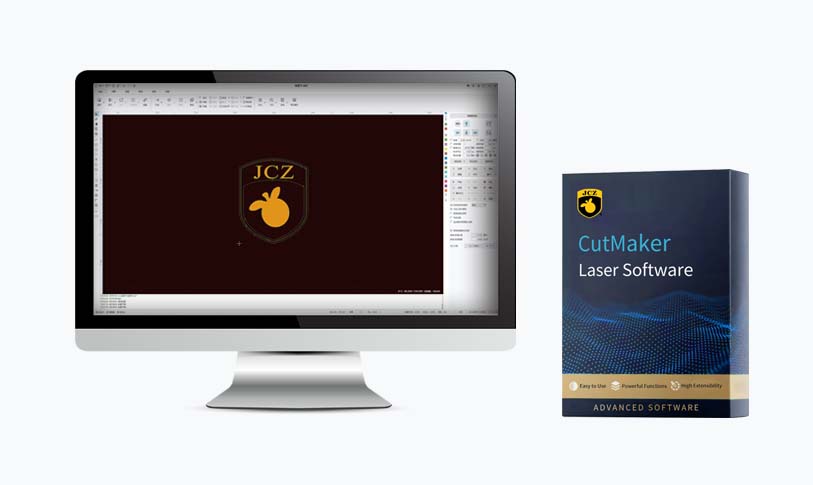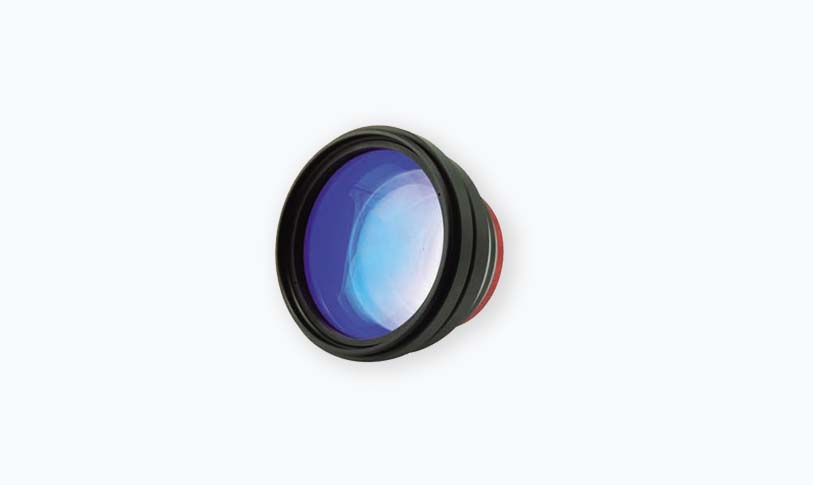
The Revolutionary Impact of Pulsed Laser Light Technology on Modern Science and Industry: Transformations in Medical Treatment, Manufacturing, and Communications
Pulsed laser light technology has emerged as a game-changing innovation that has profound implications across various sectors, including medicine, manufacturing, and telecommunications. Unlike continuous wave lasers that emit a constant beam, pulsed lasers generate light in short, intense bursts or pulses. This unique characteristic opens up a multitude of applications for precision and efficiency. In this article, we will explore the principles behind pulsed laser light, its diverse applications, and the future prospects it holds for various industries.
Understanding Pulsed Laser Light
Pulsed laser light is characterized by its ability to deliver high-intensity energy in very short bursts. The time duration of these pulses can be as short as femtoseconds (10^-15 seconds) to nanoseconds (10^-9 seconds) or longer. This rapid delivery of energy enables the laser to interact with materials in ways that continuous wave lasers cannot, producing different effects depending on the application.
The critical properties that define pulsed laser light include its peak power, pulse duration, and repetition rate. Due to the high peak power delivered in each pulse, pulsed lasers can induce significant thermal or non-thermal effects without causing thermal damage to surrounding structures. Pulsed lasers can also be finely tunable, allowing precise control over the energy delivered, making them ideal for intricate applications.
Applications in Medicine
One of the most significant fields benefitting from pulsed laser light technology is medicine. Various medical procedures utilize this technology for its precision and minimal invasiveness. For example, pulsed lasers are used in dermatology for skin resurfacing, tattoo removal, and treatment of vascular lesions. The ability to precisely target and vaporize unwanted tissue without affecting the surrounding areas significantly enhances the safety and effectiveness of these treatments.
Pulsed lasers are also revolutionizing ophthalmic surgeries. In procedures such as LASIK (Laser-Assisted In Situ Keratomileusis), high-precision pulsed lasers reshape the cornea with exceptional accuracy, improving vision with minimal recovery time. Furthermore, significant advancements in the use of pulsed laser light have been made in dental applications, enabling quick, high-precision treatments such as enamel etching and cavity cleaning.
Innovations in Manufacturing
In manufacturing, pulsed laser light technology also plays a vital role. High-intensity pulsed lasers are increasingly used for cutting, welding, and marking various materials, including metals, plastics, and glass. Their ability to produce focused energy in short bursts allows for clean cuts and welds without affecting adjacent areas—crucial for maintaining the integrity of delicate components.
For instance, the aerospace and automotive industries have adopted pulsed laser welding techniques for assembling parts that require high precision and strength. The precision allows manufacturers to create lightweight assemblies that enhance fuel efficiency without compromising safety. Similarly, pulsed laser marking has gained traction for product identification and branding, offering durable markings on various substrates while minimizing thermal distortion.
Advancements in Telecommunications
The telecommunications industry is another area experiencing a transformation with the advent of pulsed laser light technology. Fiber optic communications, for example, utilize lasers to transmit data over long distances at high speeds. Pulsed lasers can enhance the performance of optical networks by enabling the encoding of multiple data streams in a single light pulse, vastly increasing the available bandwidth.
Additionally, researchers are exploring how pulsed laser light can improve signal integrity and reduce dispersion in optical fibers, leading to faster and more reliable communication networks. As 5G and future technologies are developed, pulsed laser light will undoubtedly play a pivotal role in supporting these advancements.

The Revolutionary Impact of Pulsed Laser Light Technology on Modern Science and Industry: Transformations in Medical Treatment, Manufacturing, and Communications
Future Prospects

The Revolutionary Impact of Pulsed Laser Light Technology on Modern Science and Industry: Transformations in Medical Treatment, Manufacturing, and Communications
Looking ahead, the potential applications for pulsed laser light technology continue to expand. Innovations in fields such as materials science, environmental monitoring, and quantum computing hold promise for future developments. Researchers are investigating the use of pulsed lasers in the synthesis of new materials at the nano level, paving the way for advancements in electronics and energy storage.
Moreover, as society continues to prioritize green technologies, pulsed lasers may offer solutions for efficient energy production processes, such as solar energy harvesting and conversion. The synergy between pulsed laser light technology and artificial intelligence is also expected to unlock new capabilities in various industries, enhancing automation and decision-making processes.
Conclusion
In conclusion, pulsed laser light technology represents a remarkable shift in how we approach tasks in medicine, manufacturing, and telecommunications. With its unique characteristics allowing for precision and efficiency, pulsed lasers are set to continue shaping the landscape of multiple industries, enhancing our capabilities to solve complex problems and improve quality of life. As research and innovation progress, the future of pulsed laser light technology promises to be bright, offering exciting avenues for exploration and application that have yet to be realized.uv laser engraving
